9 Mobile Campaigns to Own the Travel App Space
Published on March 15, 2016/Last edited on March 15, 2016/6 min read
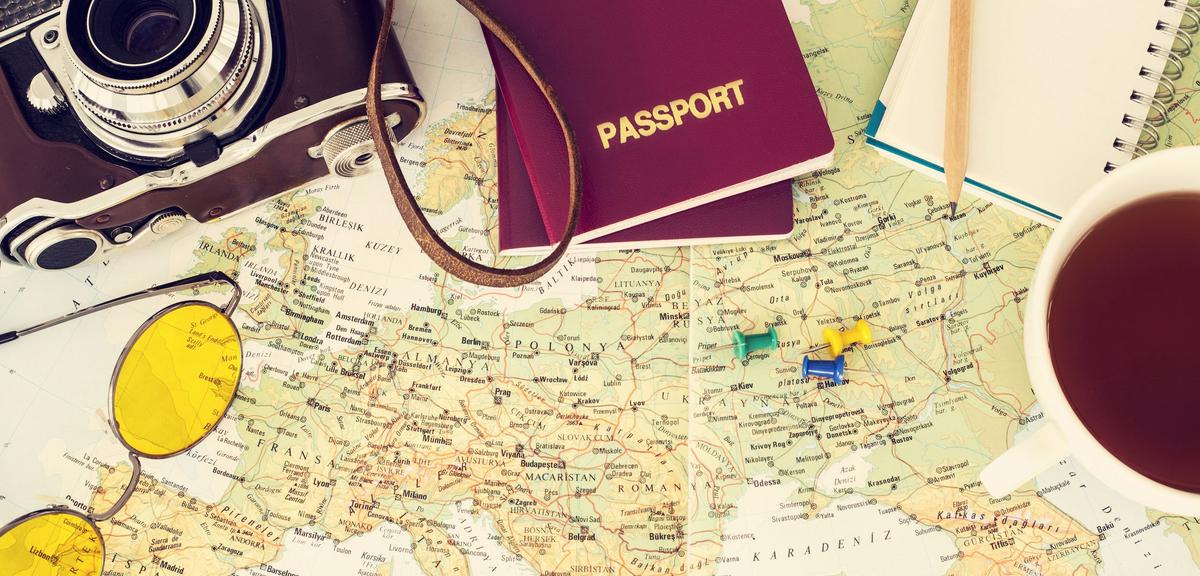

Todd Grennan
Content Production Principal, Content Marketing at BrazeThe basic principles of app user retention are pretty clear: if you can get new customers to understand the value that your app provides and how to take advantage of it, they’re more likely to return; and if you use your campaigns to encourage them to return consistently, your brand is more likely to be able to retain, monetize, and build a durable relationship with them over the long term. But what if your brand is in a vertical—like travel and hospitality—where some customers only use your app to book a flight or reserve a hotel room a few times per year?
Mobile is fertile ground for travel and hospitality brands. More than half of customers who book trips using digital media do it on mobile and the number of people with smartphones and other mobile devices is only expected to grow. But with more than 80% of new mobile customers lapsing within 90 days for most apps, travel and hospitality brands that focus on acquisition without an effective, vertical-specific retention strategy are likely to spend a lot of money without seeing any significant, long-term benefits.
To ensure that you’re retaining as many new customers as possible, you can use your messaging channels to keep your brand in users’ minds, drive regular engagement, and support the creation and maintenance of durable relationships with your customers. Here’s how to do it:
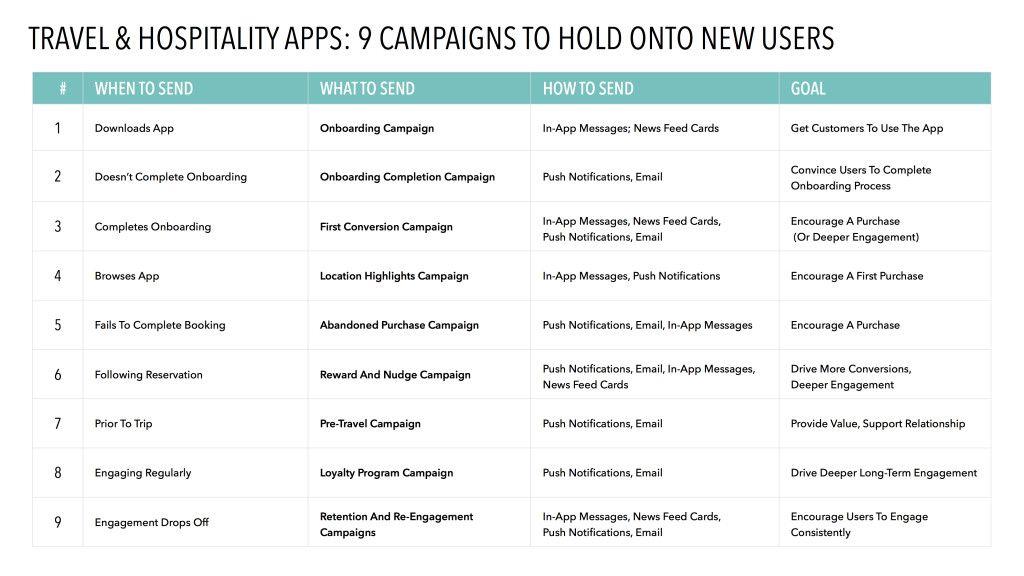
1. Onboarding campaigns
A customer who doesn’t understand the purpose of your app or how it works isn’t a customer who’s likely to stick around. By using in-app messages and News Feed Cards to create an effective onboarding experience that walks new users through your app and how to make the most of it, you can encourage strong attachment to your brand right from the start.
2. Onboarding completion campaigns
Not everybody who begins your onboarding process will complete it. That’s a problem, but a surmountable one. By using push notifications as part of a multichannel campaign to encourage customers to return and finish the onboarding process, you can boost your two-month retention by 130%.
3. First conversion campaigns
Whether your brand has a mapping app that customers use to get around, or a travel app that they can use to buy plane tickets and book hotel rooms, getting customers to carry out that first purchase, app open, or other conversion is an important part of building a sustainable customer/brand relationship. By collecting the right customer data and using it to personalize your outreach, you can increase conversions by more than 27%. As with onboarding completion campaigns, using a multichannel approach here can increase the reach of your messaging and make it more likely to result in a conversion.

4. Location highlights campaigns
When customers use your app, they’re passing along valuable information about the places they’re interested in. A well-designed highlights campaign can use that activity data to entice customers. Imagine that a customer looks at flights to Budapest on your app, but hasn’t begun the buying process. You can use dynamic content to add location-specific information—local landmarks and attractions, upcoming festivals and events, and more—to the emails and push notifications you send, providing users with more information about their areas of interest and giving them additional reasons to make a purchase.
5. Abandoned purchase campaigns
What happens when a customer searches for hotel rooms or flights for a particular location, begins the checkout process, but then leaves without completing the purchase? Some people will return on their own, but many won’t. By targeting customers who have begun—but haven’t finished—a purchase with a targeted, personalized push notification or email, you can increase the number of users who end up buying.
6. Reward and nudge campaigns
Once customers have finished onboarding, explored your app a little, maybe completed their first conversion, it’s a good idea to do what you can to keep your brand top of mind. Today’s world is full of endless distractions, and even a satisfied user can easily find themselves using your app less and less over time. Putting together multichannel reward and nudge campaigns (also known as active user campaigns) is a good way to do that: by identifying active users, tracking their engagement with your app, and then encouraging them to maintain or increase that activity by rewarding them with discounts, early access to new app features or tiers, and other incentives, you can drive more consistent engagement and stronger long-term retention.

7. Pre-travel campaigns
There’s always going to be a subset of your users who only use your app when they have a clear, pressing need—they’re looking for directions, or a ride, or to book a flight or hotel room. And once these customers make a purchase, it could be weeks or even months before they return. One smart way to start building a durable relationship with these customers is to keep engaging in ways that add value, even after they’ve finished their purchase.
Using dynamic content, it’s possible to send messages to these customers that automatically include location-specific weather conditions, events, any travel warnings, and other helpful information about the place they’re going. While some travelers would have looked up this kind of information themselves, many wouldn’t have; in either case, taking the lead on sharing this kind of helpful, actionable information allows your brand to provide real value and help customers have a better travel experience, building audience loyalty over the long haul.
8. Loyalty program campaigns
For many travel and hospitality brands, loyalty programs are a major part of a long-term customer engagement strategy. Mobile outreach can be a powerful way to expand the reach and effectiveness of these kinds of programs. By taking advantage of triggered messages, brands can automatically reach out to customers who have booked a flight or hotel room, but haven’t joined your loyalty program. Similarly, it’s possible to automatically trigger a personalized message to customers letting them know how many loyalty points they’ve accrued after a purchase, or letting them know when they’re close to a loyalty milestone, such as a free flight or room upgrade. These messages add value and can be an effective way to nudge active customers to make that next purchase or to visit your app or website to look at their loyalty rewards in more detail.
9. Retention and re-engagement campaigns
Even with the best engagement strategy, you’re going to see some customers become less active over time (or stop engaging all together). By taking advantage of push notifications and emails, which can reach people beyond the app, you can use personalized messages with targeted incentives to bring lapsing customers back into the fold and re-engage customers who have become inactive.

Related Tags
Releated Content
View the Blog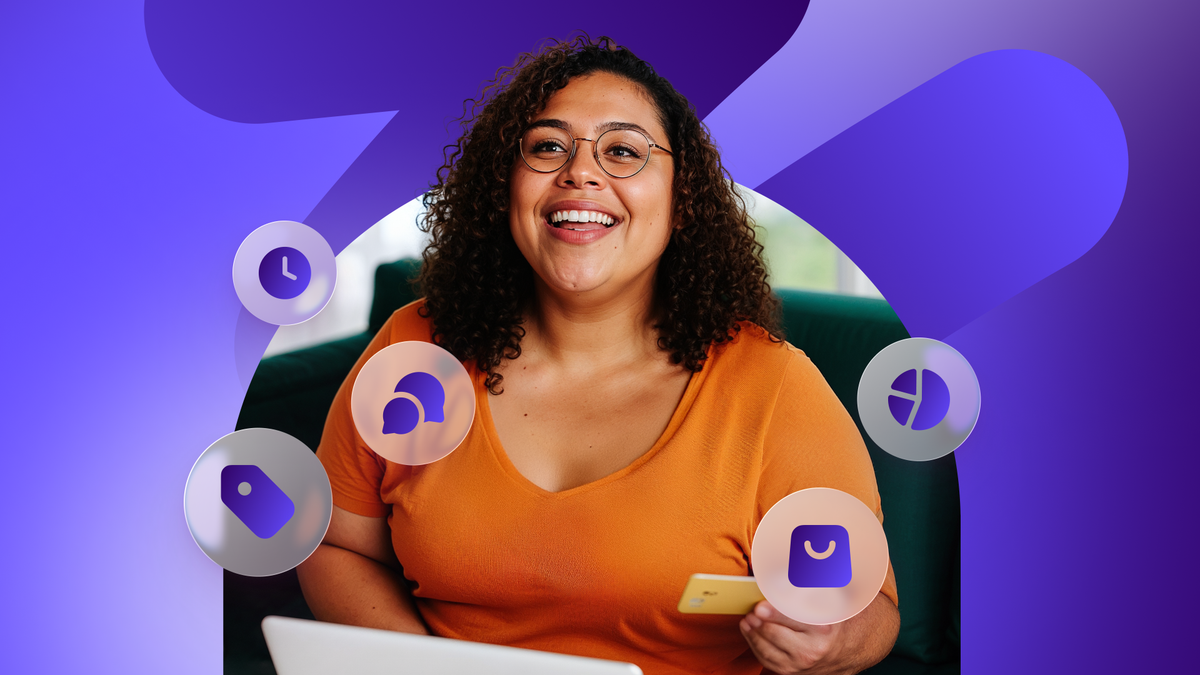
How AI capabilities in Braze scale growth for financial services
October 29, 2025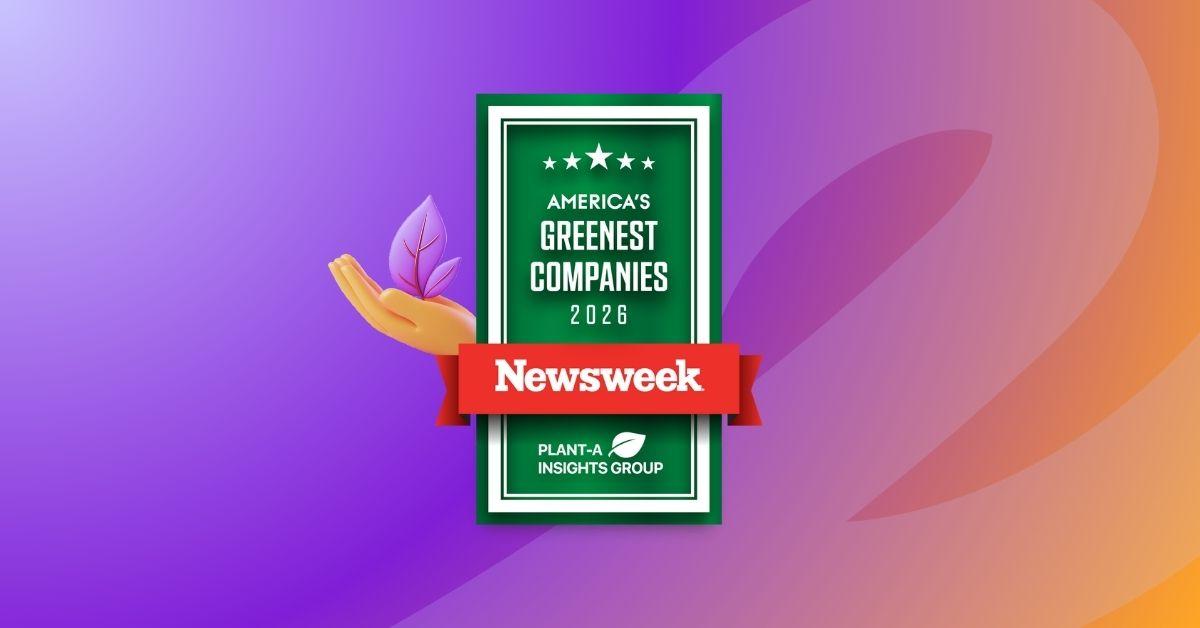
Braze named one of America’s Greenest Companies 2026 by Newsweek

Dylan Mayer
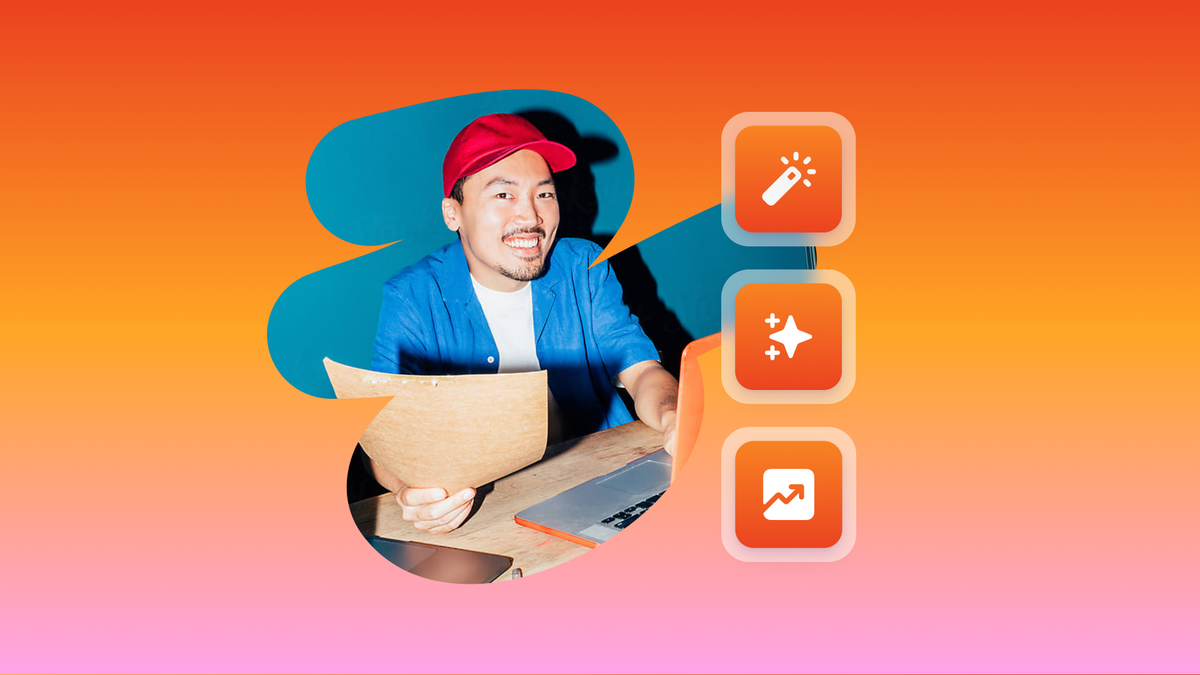
MAB vs. MVT: Choosing the right experimentation method for smarter marketing
